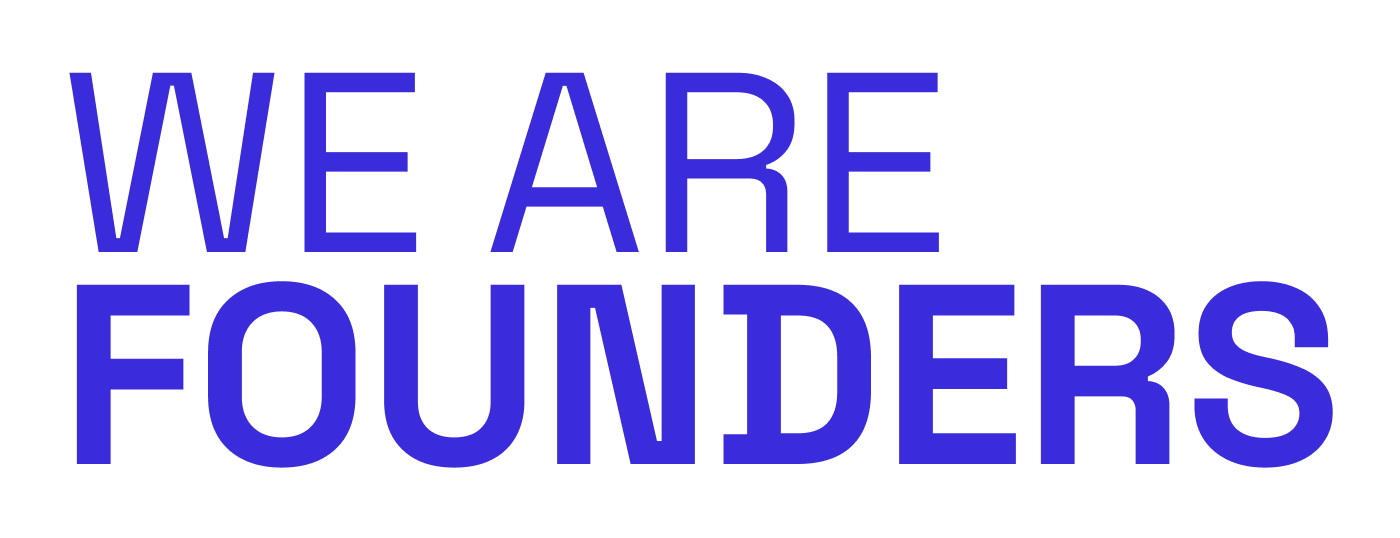Before we jump into this, let's make a few distinctions.
InVision was, first and foremost, a way for designers to create prototypes. When it launched, there was nothing really like it on the market. A designer would upload design files directly from Sketch using an Invision powered plugin called Craft Manager.
When it worked, it was like magic.
Here was a way to quickly create prototypes to share with time-constrained stakeholders and curious users. But the most important distinction of all, is that Craft Manager was nothing without Sketch - their relationship was symbiotic.
Sketch wanted to provide designers the ability to create prototyping within Sketch, While InVision needed Sketch to offer anything at all. This is where Invision's undoing ultimately lay.
While Sketch provided opportunity, over time, it dwindled as folks moved on elsewhere, constraining any chance of success for InVision.
Fundamentally, their entire business was dependant on this little plugin. That's a problem, regardless of just how popular they were at one point. Design tools come and go and InVision? Well, they didn't plan for that inevitability at all.
This is significant, because InVision was funded into the hundreds of millions. $350 million to be exact. Funding rounds were astronomical. l$11.6 million, $21 million, and even $45 million. There was no shortage of funding.
The once darling of the design industry was clearly a darling of investment opportunity too, once valued at a whopping $2 Billion.
What exactly did that mean? Ultimately, very little.
No Vision at Invision
From my own personal perspective, if felt like InVision was on the cusp of greatness. I'm sure plenty of investors felt that way too.
But news was often slow to come forward. Instead, they'd release fantastic feature-length films dedicated to design. Wonderfully shot, thoughtful pieces about collaboration and how design could change the world. In one job in particular, I even held a premier of sorts, gathering the team for a design session over pizza and InVision's latest.
"There wasn't a day that went by in my career when I wasn't using it (Invision). It was so important to my workflow, and the workflow of so many others." - Chris Kernaghan
They'd tweet lovely little thought provoking case studies about companies that seen he light and embraced design. How could it all go wrong?
Murmurs eventually started to bubble up from designers that InVision were becoming all style and no substance. What good is a superficial little movie if the Craft Manager was starting to creek under the weight of it's age?
The perception that they dilly-dallied was becoming more noticeable. Craft Manager hadn't changed in, well, years. It was also apparent that there were issues at Sketch too, with them releasing smaller incremental updates that seemingly troubled even the most powerful MacBooks.
Where was the leadership? What about all that investment money?
The burn rate, investment money spending, must have been through the roof. Unsustainable, unbelievable that they'd nothing to show for it. Their once enviable position as darling of the design industry was becoming more like a delusional friend bumming money just to keep going. Completely divorced from reality.
Things were not looking good. Especially so that now, after much time wasted, the newcomer Figma was nipping at the heels of InVision and Sketch.
Plenty of Vision at Figma
On the flip side, Figma took a different route with steady and measured growth over the years.
Despite having received a hefty $333 million in funding, Figma seemed to have found the sweet spot in the market. Their design tool was a more independent experience, self-contained in a way that InVision couldn't offer. Perhaps that's why InVision spent so much investment trying to get Studio up and running.
InVision Studio was a "potent design and prototyping tool" developed by InVision. It was crafted to meet the requirements of UI/UX designers, empowering them to build interactive and dynamic user interfaces. Equipped with advanced animation, responsive design capabilities, and a collaborative environment.
InVision was trying to cut out the middleman, removing Sketch from the equation entirely. Buy in hindsight, we know they didn't need to worry about Sketch.
They simply hoped to serve a comprehensive platform, facilitating the entire design process from ideation to prototyping, by riding on their brand name.
It didn't work.
A last ditch attempt from InVision to break the relationship with Sketch it was so dependent on, failed, when Studio was scrapped entirely.
Ultimately, while InVision had the collaborative design market in the palm of it's hand at one point, they only really provided one piece of the puzzle. Figma, on the other hand, owned the puzzle.
It's like a tale of two strategies – one facing challenges in sustaining growth, while the other navigated the market successfully. Different strokes for different folks, or in this case, different strategies for different design platforms.
UnVision
This serves as a stark reminder that having ample funds doesn't guarantee success. As with all successful startups, it's holistic need from all aspects of the business to come together.
Similar to what Sketch is facing now, InVision faced challenges in swiftly adapting to the browser-centric paradigm. In hindsight, the crucial need for a singular tool for design and collaboration, accessible to all via a simple link, became evident.
Instead of developing a counterpart to Figma, they focused on creating InVision Studio as a competitor to Sketch. Additionally, a hesitancy to release it, seemingly in pursuit of perfection, added to the complexities faced along their journey.
It highlights the importance of aligning with evolving user needs and being agile in the ever-changing landscape of design and collaboration tools.


